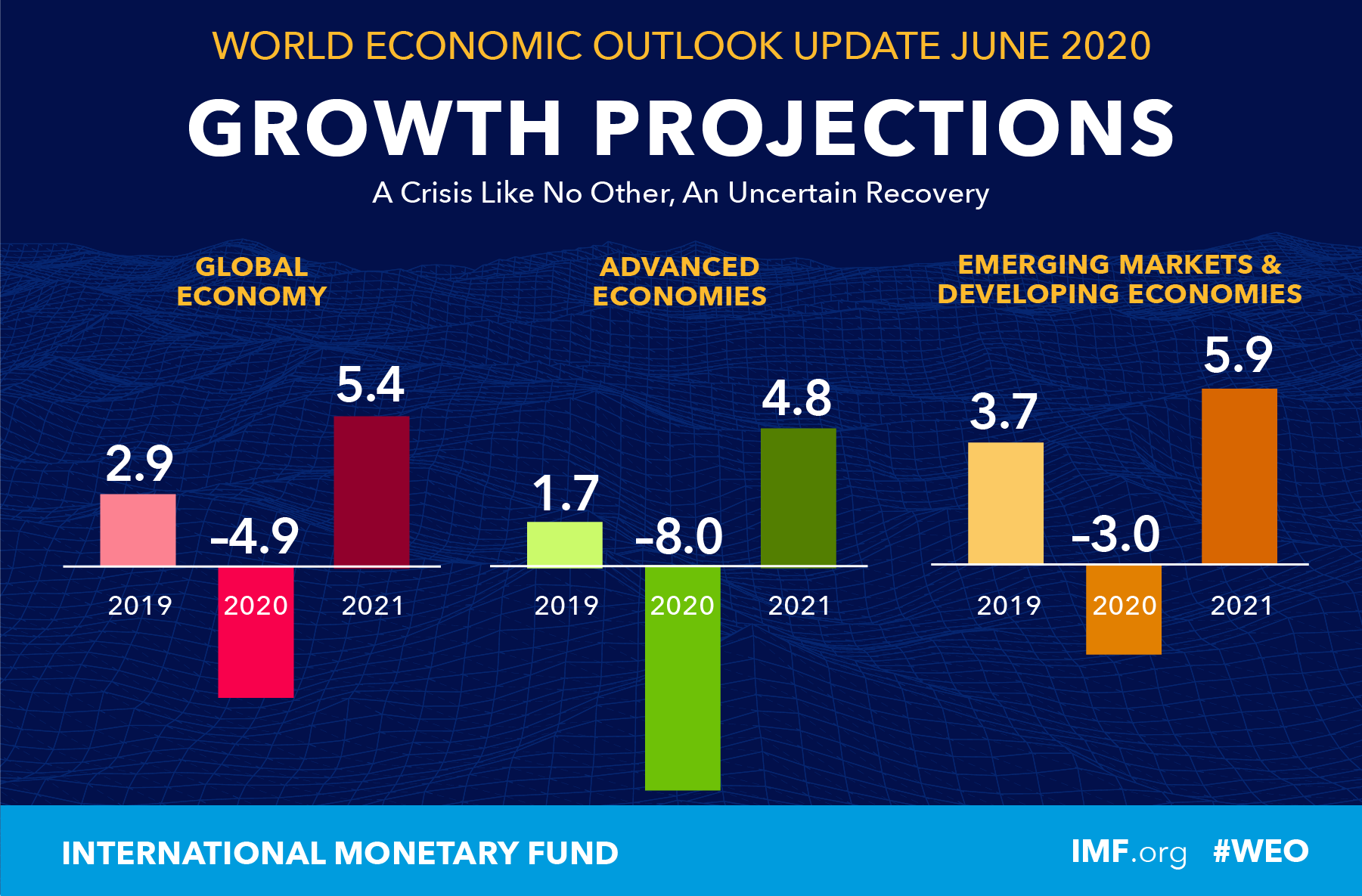Military Industrial Complex: A Comparative Study Of The US And China

Table of Contents
The US Military Industrial Complex: Structure and Evolution
Historical Context
The US Military Industrial Complex (MIC) has a long and complex history, deeply intertwined with the nation's security concerns. Its origins can be traced back to World War II, with significant expansion during the Cold War. The post-9/11 era witnessed a further surge in military spending and the expansion of the defense industrial base.
- Key Legislation: The National Security Act of 1947, the Defense Production Act of 1950.
- Influential Figures: Dwight D. Eisenhower (his famous warning about the MIC), Robert McNamara (Secretary of Defense during the Vietnam War).
- Major Defense Contractors: Lockheed Martin, Boeing, Raytheon, Northrop Grumman – these giants dominate defense procurement and military technology development. The aerospace industry, in particular, plays a critical role.
The sheer scale of US military spending, consistently exceeding that of any other nation, fuels this complex network of government agencies, private companies, and research institutions.
Structure and Actors
The US MIC is characterized by a complex web of interconnected actors. The Department of Defense (DoD), including the Pentagon, plays a central role in setting defense priorities and managing defense procurement. Numerous other government agencies, such as the intelligence community and various research institutions, also contribute to the MIC. Powerful lobbying efforts further shape policy and funding decisions.
- Key Players: Department of Defense (DoD), Pentagon, various congressional committees, think tanks (RAND Corporation, CNA Corporation), and numerous specialized research universities.
- Their Roles and Influence: These actors collaborate on research, development, production, and deployment of military technology. Their influence extends to shaping national security strategy and impacting international relations through arms sales and military alliances. Government-industry collaboration is a defining characteristic.
Drivers and Implications
Several factors drive the US MIC, including:
- National Security Concerns: Perceived threats, both domestic and international, fuel demand for advanced weaponry and military capabilities.
- Technological Advancement: The constant pursuit of military superiority drives investment in research and development of cutting-edge technologies.
- Economic Interests: The MIC provides significant economic benefits, creating jobs and stimulating technological innovation, albeit at considerable cost.
The implications of the US MIC are far-reaching:
- Positive Consequences: Job creation, technological spin-offs with civilian applications, maintaining global power projection.
- Negative Consequences: High military spending diverting resources from other sectors, potential for an arms race, and the ethical considerations associated with advanced weaponry.
The Chinese Military Industrial Complex: A Rising Power
Evolution and Growth
China's MIC has undergone a dramatic transformation in recent decades. From a relatively small and technologically backward entity, it has evolved into a major global player, fueled by significant investment in military modernization and indigenous innovation. Defense self-reliance is a central tenet of China's national security strategy.
- Key Milestones: The establishment of major state-owned enterprises (SOEs) focused on defense production, significant increases in defense R&D spending, rapid advancements in areas such as hypersonic weapons and space technology.
- Policy Changes: Emphasis on military-civilian fusion, aiming to leverage civilian technologies for military applications and vice versa.
Structure and Control
Unlike the US system, China's MIC is characterized by a high degree of government control. State-owned enterprises (SOEs) play a dominant role, with the government directly overseeing research, development, and production. Centralized planning and coordination are key features.
- Key Players: China Aerospace Science and Technology Corporation (CASC), China North Industries Group Corporation (NORINCO), and other major SOEs.
- Their Roles and Relationships with the Government: These SOEs operate under direct government control, executing national defense priorities. The relationship is far more integrated than the arm's-length approach seen in the US. The concept of "military-civilian fusion" is central to their operation.
Drivers and Implications
China's MIC is propelled by several key drivers:
- National Security: Protecting national sovereignty and territorial integrity, particularly in regions like the South China Sea.
- Economic Development: The MIC contributes to economic growth by creating jobs and fostering technological advancement in related sectors.
- Geopolitical Ambitions: Projecting power and influence globally, as evidenced by initiatives such as the Belt and Road Initiative.
The implications of China's rapidly expanding MIC are substantial:
- Positive Consequences (from China's perspective): Enhanced national security, technological advancement, economic growth.
- Negative Consequences (global perspective): Potential for increased regional instability, the possibility of an arms race with the US, and ethical concerns regarding the use of advanced weaponry.
A Comparative Analysis: US vs. China
Similarities and Differences
| Feature | US MIC | Chinese MIC |
|---|---|---|
| Structure | Decentralized, private sector dominant | Centralized, state-owned enterprises dominant |
| Control | Less direct government control | High degree of government control |
| Drivers | National security, technological advancement, economic interests | National security, economic development, geopolitical ambitions |
| Global Impact | Significant global power projection | Increasing global influence, regional power projection |
Global Implications
The rise of both the US and Chinese Military Industrial Complexes has profound global implications. The potential for an intensified arms race, particularly in areas such as hypersonic weapons and artificial intelligence-driven warfare, poses significant risks. Cyber warfare and other forms of asymmetric conflict are also areas of concern. These developments necessitate increased international cooperation and efforts towards global arms control to mitigate these threats. The ongoing great power competition between the US and China significantly shapes the global security landscape.
Conclusion
The US and Chinese Military Industrial Complexes represent two distinct yet equally powerful forces shaping the global security landscape. While the US MIC operates within a more decentralized, market-driven system, China's MIC is characterized by centralized government control and state-owned enterprises. Both are driven by national security concerns, but their approaches and global implications differ significantly. Understanding the intricacies of both MICs is crucial for navigating the complexities of global security challenges. The potential for conflict, the ongoing arms race, and the ethical dilemmas surrounding advanced weaponry demand continued research and informed discussion about the Military Industrial Complex and its global ramifications. Further investigation into specific reports from organizations like the Stockholm International Peace Research Institute (SIPRI) and the Center for Strategic and International Studies (CSIS) can provide a deeper understanding of this critical topic. Engaging with these resources will help you understand the profound global impact of the Military Industrial Complex.

Featured Posts
-
 Global Covid 19 Update Who Reports On Emerging Variant
May 31, 2025
Global Covid 19 Update Who Reports On Emerging Variant
May 31, 2025 -
 Operation Smile Duncan Bannatyne And Wife Witness Transformative Surgeries In Casablanca
May 31, 2025
Operation Smile Duncan Bannatyne And Wife Witness Transformative Surgeries In Casablanca
May 31, 2025 -
 Nintendo Switch Examining The Indie Game Legacy
May 31, 2025
Nintendo Switch Examining The Indie Game Legacy
May 31, 2025 -
 Giro D Italia Live Info Orari E Risultati
May 31, 2025
Giro D Italia Live Info Orari E Risultati
May 31, 2025 -
 L Etoile De Mer Et La Question Des Droits Pour Le Vivant Un Combat Pour La Justice Ecologique
May 31, 2025
L Etoile De Mer Et La Question Des Droits Pour Le Vivant Un Combat Pour La Justice Ecologique
May 31, 2025
